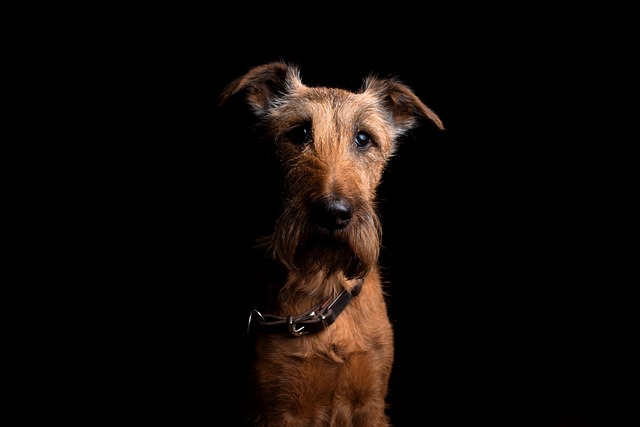
How to tell if a dog is retaining fluid?
When we stroke the soft fur of dogs, watch them wag their tails happily, and enjoy the warm time together, our hearts are always filled with happiness.
During the days spent with dogs, their lively and active nature makes the risk of accidental injury always present. From getting scratched by sharp objects while playing to getting bitten due to conflicts with other animals, every wound is like a mark on the owner's heart, causing great concern. And at this moment, what the owner most urgently wants to know is: How long does it take for a dog's wound to heal?
The skin structure of dogs has some similarities to that of humans, but there are also some differences. Their epidermis is relatively thin, and the presence of hair can protect the skin, but it also causes some trouble when dealing with wounds. When a dog is injured, the type of wound plays a crucial role in the healing time. Abrasions are usually caused by the friction of the skin surface against rough objects, and such wounds are relatively superficial. If the wound area is small and there is no infection, generally, within about 3 to 7 days, the surface of the wound will gradually dry out, form a scab, and then the scab will slowly fall off, and new skin tissue will begin to grow. For example, if a dog accidentally scrapes its knee while running on the grass, as long as the wound is cleaned in a timely manner and an appropriate amount of anti-inflammatory ointment is applied, signs of the wound starting to heal can be seen soon.
Cuts are different. They are often caused by sharp objects such as knives and glass. The edges of the wound are relatively neat, but the depth may vary. If the cut is shallow and the bleeding can be stopped within a short time, after proper disinfection and bandaging, the healing time is probably about 1 to 2 weeks. However, once the cut is deep and damages the subcutaneous tissue or even the muscles, the healing process will be much more complicated. Not only does it require more professional medical treatment, such as suturing the wound, but the healing time will also be extended to 2 to 4 weeks or even longer. Because the repair of deep tissues requires more time to generate new blood vessels, fibrous tissues, etc. to fill the wound gap.
Bites are a common type of injury for dogs, especially when fighting with other animals. The wounds from bites are often irregular and are prone to bacterial infection because the mouths of animals contain a large number of microorganisms. For a mild bite, if the wound is small and debridement is carried out in a timely manner, it may start to heal within 1 to 2 weeks. But if the bite is severe, with a deep and large wound, the risk of infection will increase significantly. Once an infection occurs, the wound will show symptoms such as redness, swelling, and suppuration, and the healing time will be significantly extended, and it may take several weeks or even months to fully recover. Moreover, a severe bite may also lead to tissue necrosis, requiring more complex treatment, such as a debridement operation to remove the necrotic tissue and create good conditions for the wound to heal.
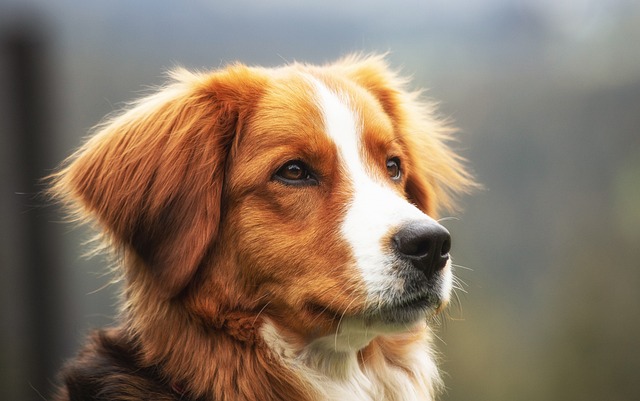 In addition to the type of wound, the dog's own condition also has an important impact on wound healing. Age is a key factor. Puppies have a vigorous metabolism and strong body repair ability, so the wound healing speed is relatively fast. For wounds of the same degree, puppies may heal several days earlier than adult dogs. For senior dogs, due to the decline of physical functions, slower blood circulation, and decreased immunity, the wound healing process will be slow, and complications are more likely to occur. For example, the wounds of senior dogs are more likely to be infected, and it is more difficult to recover after the infection.
In addition to the type of wound, the dog's own condition also has an important impact on wound healing. Age is a key factor. Puppies have a vigorous metabolism and strong body repair ability, so the wound healing speed is relatively fast. For wounds of the same degree, puppies may heal several days earlier than adult dogs. For senior dogs, due to the decline of physical functions, slower blood circulation, and decreased immunity, the wound healing process will be slow, and complications are more likely to occur. For example, the wounds of senior dogs are more likely to be infected, and it is more difficult to recover after the infection.
The dog's health status cannot be ignored either. A healthy dog with a balanced diet can better mobilize the body's repair mechanism after being injured. Nutrients such as proteins, vitamins, and minerals are crucial for wound healing. Protein is the basis for forming new cells and tissues, and a lack of protein will affect the speed of wound healing. Vitamin C can promote the synthesis of collagen, which is helpful for wound repair; vitamin A has a positive effect on the growth and repair of epithelial tissues. If a dog itself suffers from a chronic disease, such as diabetes, its unstable blood sugar level will affect the blood circulation and cell metabolism at the wound site, leading to a delay in wound healing, and the risk of infection will also increase.
During the process of a dog's wound healing, the owner's care plays an indispensable role. It is very important to find the wound in a timely manner and carry out the correct initial treatment. Once it is found that the dog is injured, immediately check the condition of the wound, rinse the wound with normal saline to remove the dirt, hair, and foreign objects on the surface of the wound, and avoid infection. For a bleeding wound, stop the bleeding by pressing. Then, depending on the severity of the wound, decide whether to seek medical attention. If the wound is deep, the bleeding does not stop, or there are signs of infection, take the dog to see a veterinarian as soon as possible.
During the wound healing period, keep the wound clean and dry. Regularly change the bandage of the wound for the dog to prevent the wound from being contaminated. Put an Elizabethan collar on the dog to prevent it from licking the wound. There are bacteria in a dog's saliva, and licking the wound will not only affect the wound healing but also may lead to infection. At the same time, give the dog sufficient nutrition, provide it with food rich in proteins, vitamins, and minerals, and if necessary, under the advice of a veterinarian, give the dog some nutritional supplements to promote wound healing.
Seeing the dog injured, the owner is filled with distress. During the days of waiting for the wound to heal, every time the dressing is changed for the dog and every time the change of the wound is observed, it is full of the owner's deep love for the dog. Although the healing time of a dog's wound varies due to various factors, as long as the owner gives careful care and patient companionship, the dog's wound will eventually heal slowly and regain its former vitality. And this experience will also make the emotional bond between the owner and the dog stronger, because in the face of injury and pain, the companionship and love for each other are particularly precious.

When we stroke the soft fur of dogs, watch them wag their tails happily, and enjoy the warm time together, our hearts are always filled with happiness.
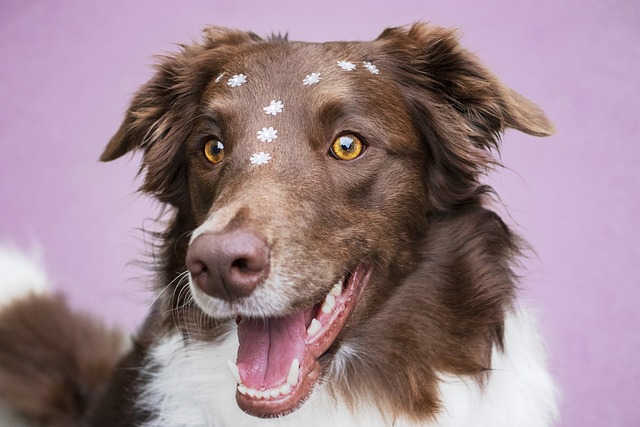
When we see the dog squatting in the corner, straining hard but having difficulty defecating smoothly, and its originally lively eyes full of discomfort and helplessness,
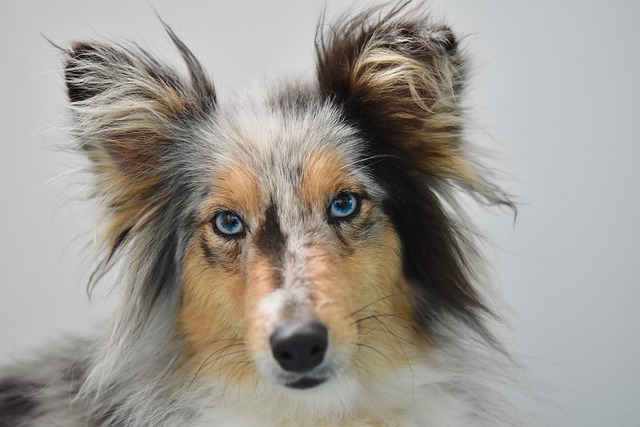
When we lovingly place delicious wet food in front of the dog and watch it feast and enjoy the happiness brought by the food, our hearts are filled with comfort.
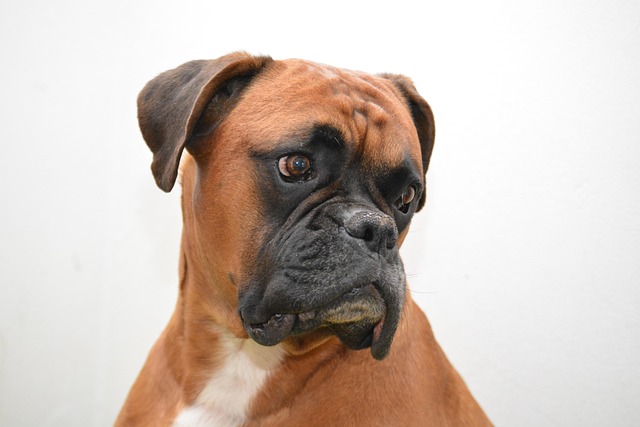
When we see our dogs wagging their tails lively, we are filled with joy and warmth. However, behind the health of dogs, there are various disease threats, among which fungal diseases are one of them that cannot be ignored.
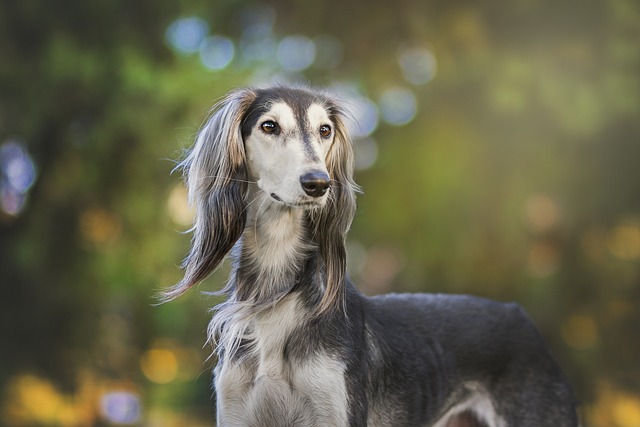
When the owner finds that the abdomen of the dog that is usually lively and active gradually bulges, moves slowly as if holding a water bag, and even begins to have symptoms of shortness of breath and loss of appetite,
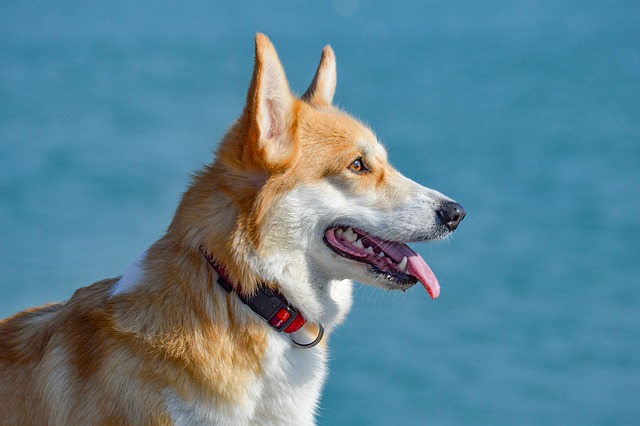
When we take our dog to get vaccinated, we think we've built a solid defense line for its health. But soon after, it shows symptoms of diarrhea and vomiting,